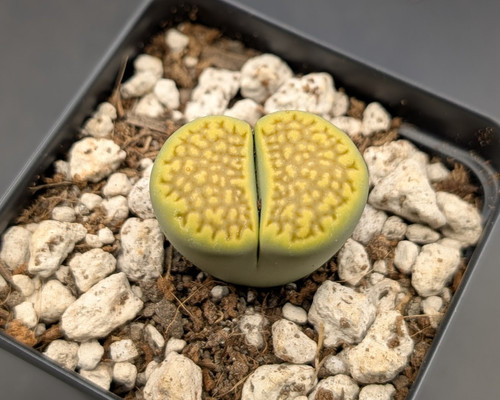Pot Size: 1 gal
Accepted Scientific Name:
Abies koreana 'Green Carpet'
Origin and Habitat
Abies koreana 'Green Carpet' is a dwarf, ground-hugging cultivar of the Korean fir, a species native to the mountainous regions of South Korea, including the high elevations of Jeju Island. These regions are known for their cool temperatures, moist climates, and acidic, well-drained soils. While the species thrives in forested slopes and ridges, the 'Green Carpet' variety was selected and propagated in cultivation for its unique, prostrate form and ornamental value. It is ideal for rock gardens, alpine beds, and landscape borders in temperate climates.
Description
Abies koreana 'Green Carpet' is a low-growing, spreading evergreen conifer that typically grows 6 to 12 inches tall and can spread up to 36 inches wide over time. It features bright green, glossy needles arranged in a dense, symmetrical pattern along short branches. The needles are flat and soft to the touch, offering year-round color and texture. Though flowering is rare in small or container specimens, mature plants may occasionally produce small, upright violet-blue cones. Its neat, mounding shape and lush green foliage provide excellent ground cover and visual interest.
Cultivation
Zone USDA Zones 5–7
Temperature Grows best between -25°C and 20°C. Avoid planting in areas with prolonged summer heat.
Growth Rate Very slow-growing; expands gradually at 1–3 inches per year.
Soil Requires well-drained, slightly acidic soil enriched with pumice for proper aeration and moisture control.
Watering Keep soil consistently moist but not waterlogged. Water deeply and allow the top layer to dry slightly before the next watering.
Fertilizing Apply a balanced, slow-release or liquid acid-forming fertilizer every 2–3 weeks during the growing season.
Light Prefers full sun to light shade. In warmer climates, provide afternoon shade to prevent scorching.
Pests and Diseases Generally resistant, but root rot may occur in poorly drained soil. Watch for aphids or spider mites; treat with horticultural oil or neem as needed.
Propagation
Propagated by grafting onto fir rootstock for best success, as rooting from cuttings is difficult. Grafting is typically done in winter or early spring by professionals.






